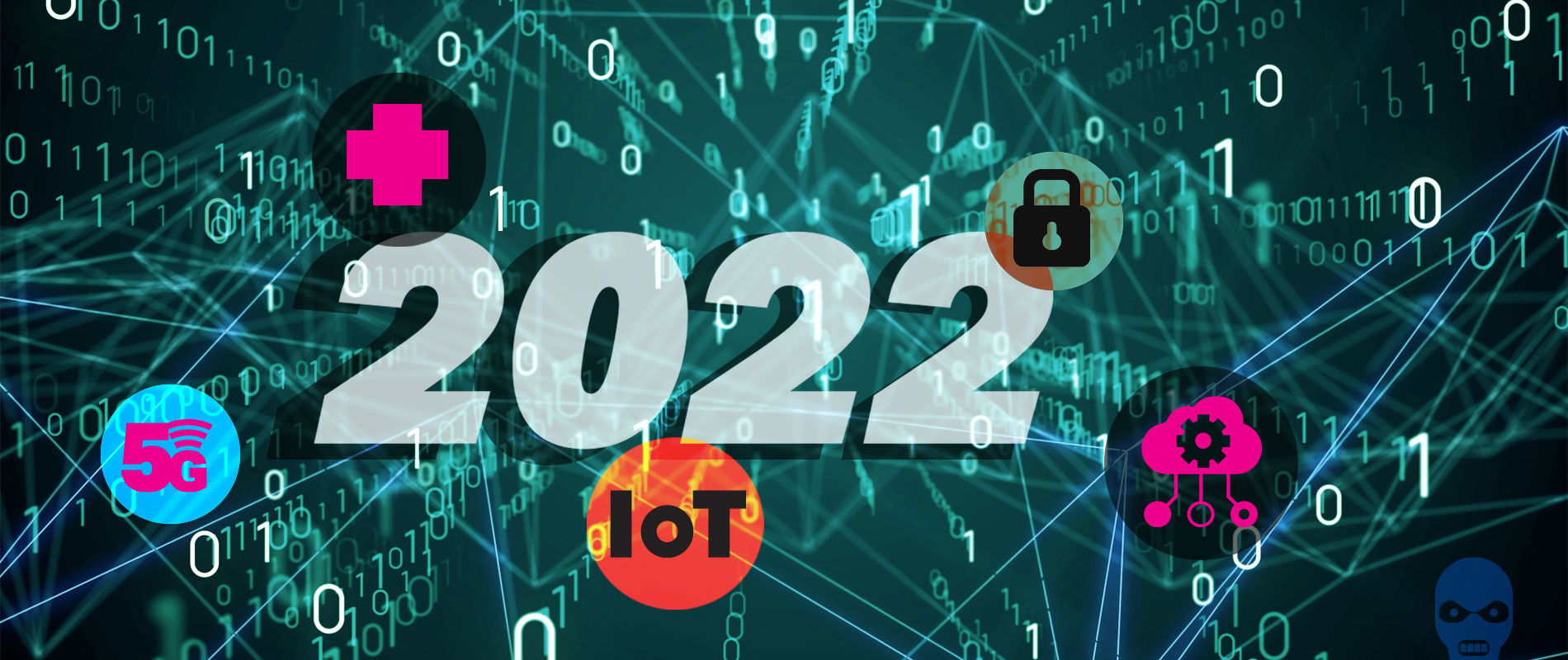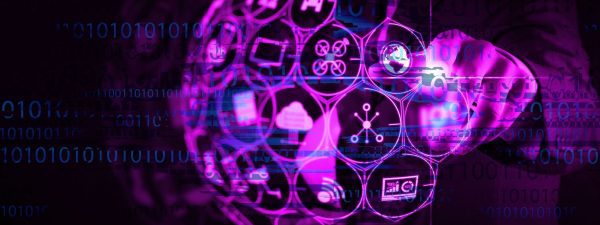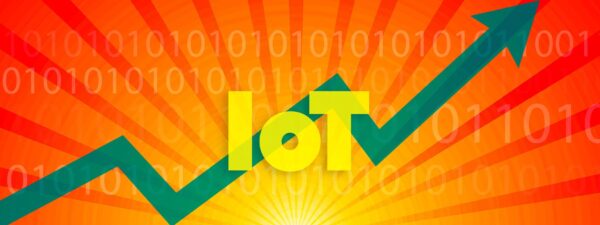The Internet of Things (IoT) sector is expected to continue its explosive growth in 2022 and the years beyond. This incredible growth is largely due to the exponential evolution of IoT trends. From its $381 billion base in 2021, Fortune Business Insights predicts that the IoT market will grow to $1.8 trillion by 2028, with a CAGR rate of 25.4 percent.
Sophisticated online ecosystems that allow the connection of computers to a network is how IoT began. Over time, other devices were connected, including industrial machinery, scanners, printers, office equipment and phones. Today, almost all devices people use at work and homes, wear on their bodies, or bring just about anywhere can be connected online.
IoT has laid the groundwork for society to be able to adapt to the increasingly data-centric and digitized world in which we live. Indeed, countless people have benefitted from the endless possibilities of IoT, including carry-out or mobile surgery, remote medical practices, autonomous robots in manufacturing, and self-driving cars. If these technologies already sound promising, Ericsson predicted that about 29 billion of these technologies and tools will be connected online on a global scale by 2022.
Top five IoT trends for 2022
Here’s a look at the trends for the Internet of Things sector in 2022:
Industries and businesses taking advantage of IoT
Companies will respond to the increasing demand for wearable technology in 2022. Wearables offer myriad uses, especially when integrated with health, gaming, leisure, and other areas. IoT will impact the way businesses offer their services, manufacture products, sell, and provide support.
In addition, wearable tech such as smart watches will benefit businesses catering to fitness and lifestyle since these watches are integrated with fitness and health monitoring features. These products will help drive the healthcare industry by addressing a range of health issues – everything from asthma to heart ailments.
Logistics plants and smart factories will increasingly become automated. This will pave the way for smaller companies to utilize the availability of IoT infrastructure and robotics for their growth and advancement. When business models adapt to IoT automation, companies will have a more efficient and data-driven overview of their processes and operations.
The manufacturing sector will begin to widely utilize machinery with fitted sensors that enable predictive maintenance and measurement of performance. This will allow them to predict machine breakdowns and failures so they can be repaired or replaced before they affect production.
More robust edge computing
Edge computing refers to those devices capable of onboard analytics, which allows for computing to be performed as close as possible to the data being analyzed. This will ensure efficiency in cloud computing, where connected devices – including microphones, cameras, and other sensors – are interpreted to collect data.
Edge devices come with intelligent sensors, such as microphones that can process natural language or cameras with computing features. These sensors make computation easier while reducing how much data gets transmitted to the cloud and back, which, in turn, helps relieve congested networks.
Edge computing will also give individual users the advantage of gaining analytic insights from the comfort of their own homes or spaces via power-efficient gadgets that are smaller, deliverable, and powered by computers. These gadgets will have a user-friendly interface and long battery life.
The coming year will also usher in the trend of more businesses relying on hybrid cloud setups, making it easier for them to provide IoT services to people. Edge computing will become handier in enterprises that require secure insights and fast delivery of services.
Advantage in the healthcare sector
The pandemic has spurred IoT adoption in the healthcare industry because of IoT’s capacity for gathering high-quality information. Now, IoT and Artificial Intelligence (AI), when combined, will leverage patients’ analysis to get their genetic details and blood samples swiftly. This way, it will be easier for the sector to formulate new drugs and make efficient diagnoses.
Wearable health devices, such as defibrillators, will also experience a boom in the industry. Specifically, they will help medical professionals detect and treat life-threatening heart rates for people who are at risk of suffering from heart ailments. These wearable defibrillators are prohibitively costly, but are expected to become more affordable once more health experts contribute to the growth of the technology.
Growth of 5G
The coming year will see continuous adoption and growth of 5G networks. The technology will allow businesses to offer services that used to be challenging and costly to offer. 5G provides more efficient connection and communication than 4G and offers the following:
- Higher energy efficiency rate;
- Wide internet coverage across the globe; and
- Faster speed of data transfer.
More businesses addressing cybersecurity threats
As IoT technology booms, more devices will be compromised since they are connected via the internet. Businesses have long guarded against cyberattacks, and will likely shore up their efforts even further in 2022.
IoT: the great connector
This year will see a sharp rise in the number of IoT devices that communicate and connect to one another. This trend can only benefit businesses, by allowing them to manage their operations faster and more effectively.




